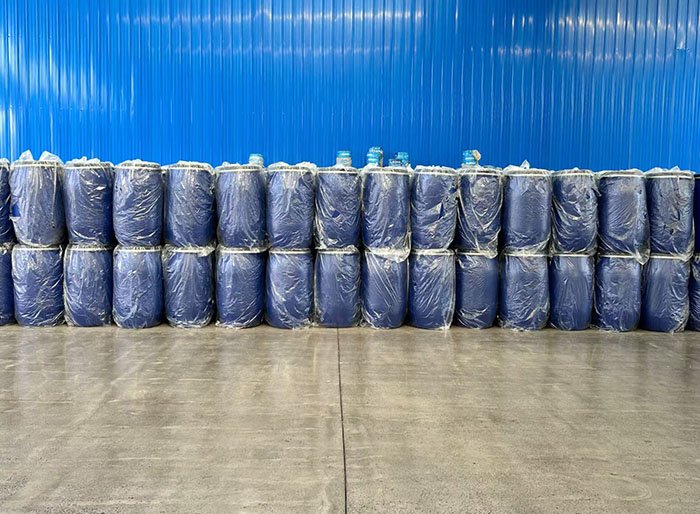Asphalt emulsifiers may pose a risk to human health and the natural environment under specific conditions, but the degree of risk depends on the specific composition, usage, and environmental exposure. The following is a detailed analysis:
1. Potential harm to the human body
Skin and mucosal irritation:
Most asphalt emulsifiers contain surfactants or organic solvents, and direct contact may cause dry, swollen, or allergic skin. Splashing into the eyes may cause inflammation.
Respiratory effects:
Inhaling atomized particles or volatile components (such as benzene and phenolic substances) during construction may irritate the respiratory tract, lead to long-term exposure, or cause chronic health problems.
Toxicity risk:
Some emulsifiers contain heavy metals (such as lead and chromium) or aromatic compounds (such as polycyclic aromatic hydrocarbons, PAHs), and long-term exposure may increase the risk of cancer.
Protective measures:
When using, gloves, goggles, and dust masks should be worn to ensure good ventilation; Follow the Material Safety Data Sheet (MSDS).
2. Potential impact on the natural environment
pollution of waters:
If emulsifiers flow into water bodies (such as rainwater washing construction waste), they may damage aquatic ecosystems, and some components (such as alkylphenol polyoxyethylene ether, APEO) are toxic and difficult to degrade for fish.
Soil impact:
High concentration emulsifiers may alter soil pH or microbial communities, affecting plant growth; Heavy metal components may remain for a long time.
Biodegradability:
Environmentally friendly emulsifiers (such as non-ionic ones derived from plants) are usually prone to degradation, while traditional petroleum based emulsifiers degrade slowly.
Environmental protection measures:
Choose products with high biodegradability (such as those that comply with Ecolabel certification), avoid construction during rainy seasons or near water sources, and handle waste properly.
3. Regulations and safety standards
Industrial standards:
There are limit requirements for harmful substances in asphalt emulsifiers in various countries (such as the EU REACH regulation and China GB 18583-2008). Environmentally friendly products must pass ecological toxicity testing (such as the OECD 301 series).
Alternative solution:
Promote water-based emulsifiers (to reduce VOCs emissions) or naturally modified emulsifiers (such as lignin based) to reduce harm.
4. Summary and Suggestions
Choose low toxicity and easily degradable emulsifiers, and prioritize labeling products as "environmentally friendly" or "APEO free".
Strictly follow construction standards, control usage, and reduce environmental leaks.
Waste disposal: Collect residues and hand them over to professional institutions for disposal to avoid indiscriminate dumping.
By rational selection and management, the risk of asphalt emulsifiers can be significantly reduced. For specific product evaluation, it is recommended to refer to its Safety Data Sheet (SDS) or consult with the manufacturer.


